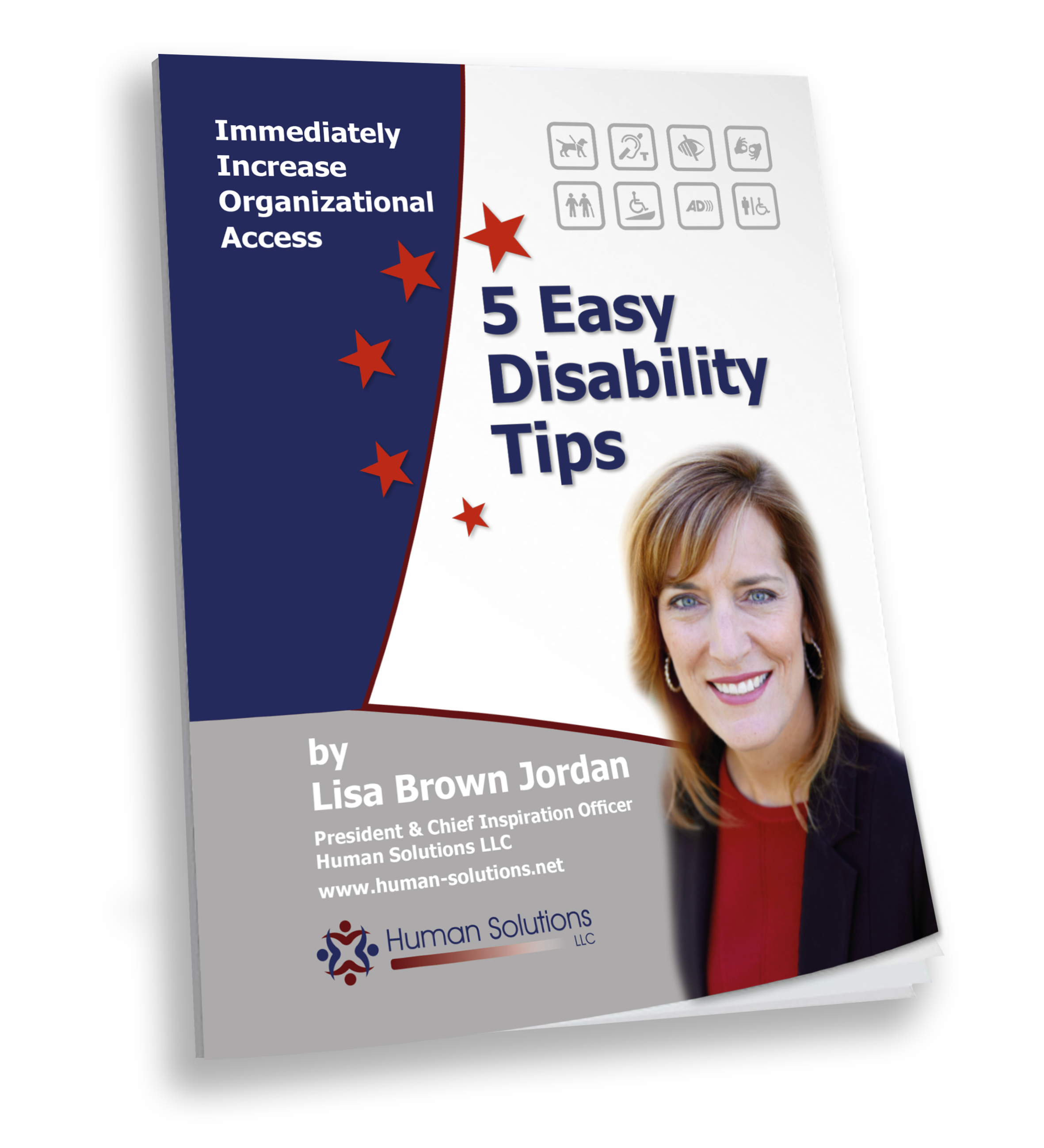What should I say? How much should I share? These are often among the many questions that play out in a person’s mind when making the choice to disclose or not to disclose a disability. They weigh the perils of secrecy versus the risk of disclosure. It’s a dilemma for many and can contribute to stress and anxiety before an interview.
For some, the decision to disclose to a service provider is about a desire to be accepted for who they are. For others, the choice is directly related to qualifying for reasonable accommodations or additional services. The decision not to disclose could simply be a matter of privacy or could be related to a fear of discrimination, stereotyping and stigma. The reasons behind each are numerous.
Even though it remains an individual choice to disclose a disability, it is up to you, as the service provider to create a safe environment that supports customers in their choice to disclose. Creating a welcoming environment and using effective communication strategies play a significant role in a customer’s decision to disclose.
How can you help?
First and foremost, it’s important for customers to know and feel they are being listened to. There is nothing worse than feeling like you’re not being heard. Communicate your listening through positive, open body language and eye contact. At the same time, remember to maintain professional boundaries and limit any type of physical contact. Failing to do so may result in you setting unclear or conflicting boundaries. This will undoubtedly impact your relationship and ability to work together effectively.
If a person does disclose a disability, ensure that all information is treated with strict confidentiality and limit any clarifying questions to a need-to-know basis only. In other words, don’t ask just because you’re curious. A customer’s history may be interesting, but your job is to uncover information that will qualify the customer for additional services or assist them in the job search process.
Ensure that staff are well informed on disability etiquette and that your facilities are both physically and programmatically accessible. You may even consider the benefits of sensitivity training to help create a culture which values diversity and encourages disclosure. Remember to always focus on a customer’s abilities instead of their limitations or impairment
Transparent and readily available information is also essential. Proactively inform current and future customers of the availability of reasonable accommodations and of the services which apply to persons with disabilities. In order to achieve consistency, everyone in the organization needs to be equipped with the same information. Policies and procedures which are in place to accommodate customers, as well as to protect their privacy, should be easy to access. The implementation of policies should be consistent, but also flexible to create an environment in which the interactive process of disclosure and accommodation can take place. To ensure staff stay up-to-date, policies or procedures should be reviewed (at a minimum) bi-annually with staff.
Effective communication fosters trust and changes the fear and uncertainly so often associated with disclosure. Taking the time to ensure you are creating an accessible and welcoming environment increases the opportunity for successful outcomes, which is ultimately the goal of any service organization.

Leave a Reply